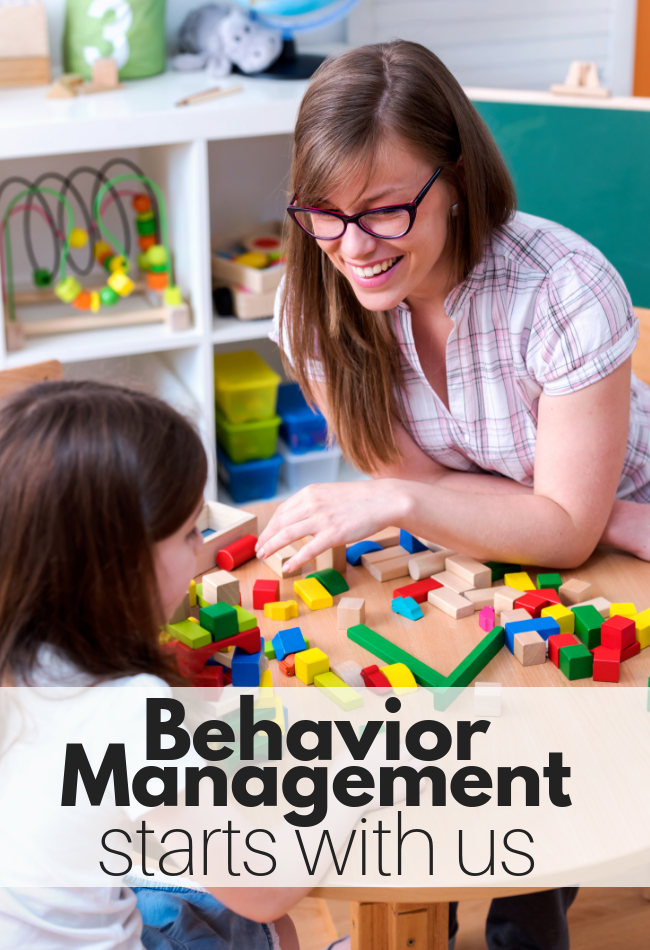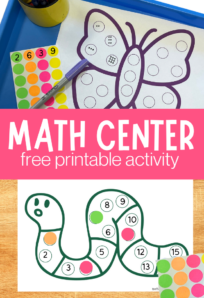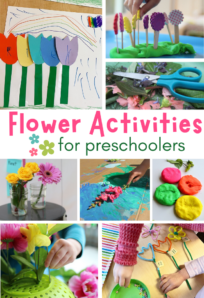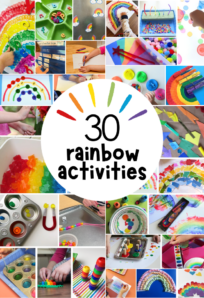
“You have the patience of a saint!” I hear that a lot. But it’s nowhere near the truth. I am one of the most impatient people I know. Seriously, walk with me at Disneyland and you’ll see. I can’t stand slow walkers and I zig-zag like a crazy woman. However, when it comes to students I have incredible patience, meltdowns don’t phase me, and I can usually breathe through my buttons being pushed. This isn’t some incredible gift I was born with and if you talk to veteran preschool teachers I would wager they will tell you the same thing. It’s a practice based on experience and education. Behavior management isn’t about a system or clip chart it’s about belonging to a group and understanding boundaries and that starts with us, the teachers.
Understanding Child Development to Understand Behavior Management
Understanding child development, trauma, and anxiety has been the number one reason I can stay calm when chaos takes over. When you know why your student is behaving in an undesirable or disruptive way you can look at it with perspective. If you take your student’s behavior personally and see it only for what it is on the surface (usually some sort of power struggle), you will end up in a test of wills. This is not where you want to be. Preschoolers can be incredibly committed to their position. Remember, they are still in the developmental stage of seeing the world through their lens and they don’t see other perspectives. They aren’t capable of that so good luck with that power struggle.

When you understand that preschoolers are in what Piaget named the pre-operational stage of cognitive development and are not yet able to see things from others’ points of view you have more compassion for frustrating situations. Take for example the child who is unable to understand that their classmate doesn’t want hugs and won’t stop giving them. Instead of getting frustrated that you have to tell the child over and over, you can offer reminders, intercept the child before they start hugging others, offer a friend who does want hugs or a stuffed toy.
I know that it’s going to take time because the hugger simply can’t understand why another child wouldn’t like something they love and give with good intentions. Without this knowledge of development, a teacher may feel angry that the child “won’t listen” but it’s not about listening as much as understanding and that takes more time and gentle repetitive actions from teachers.
Take Time To Learn More About How Trauma Influences Behavior Management
Learning about how trauma can put children into fight or flight has been a game changer for me and how I address behavior when I am dealing with children. Unlike children with a specific diagnosis, teachers aren’t often given a heads up about trauma. Sometimes we discover bits and pieces, sometimes families are forthright with schools about trauma but often it’s never disclosed. Many times parents aren’t aware of the lasting effects a traumatic situation like a car accident or death of a loved one has had on their very young child. “How do I know how to react if I don’t know they are dealing with trauma?” you might ask, easy; treat all your students with responsive and compassionate care.

I know that might sound too simple, but it makes me think of this Mr. Roger’s quote“Life is deep and simple, and what our society gives us is shallow and complicated.” We don’t need to complicate how we react to children and their needs we need to go deep and stay simple. You can do this. When a child flies off the handle it’s not about you, they are struggling, and our job is to be their guide out of it, not to add obstacles along the way.
It is easy to say keep it simple, stay focused on the child’s needs, but when a child is headbutting you, it’s a lot more complicated.
On the surface, it seems complicated, but it’s more simple if we go deeper. Get past the voice in your head screaming “headbutting is not OK”. The child knows this. Get to the voice saying, “You are safe, I will help you”. You won’t get there unless you find a way to tap into understanding and compassion for the struggle that child is facing. None of this behavior is about you; it’s all about the chaos fighting to get out of them.
So great, you are probably saying now – I need to stay calm and learning about or reviewing child development, and trauma-informed care will help with that. That it?
Behavior Management: Self Care is How We Care For Others
Yes, please take as much time as you can to learn and review child development and trauma-informed care. But, you also need to take care of yourself. You can’t drink from an empty cup. How can you spend all day filling your students’ cups with love and praise if yours is empty? A lot of people use the analogy of putting your oxygen mask on first to describe self-care. It’s a wonderful image we can all relate to; we can’t help others if we are passed out. Well, as teachers we can’t be calm and in control, if we are gasping for air.
The idea of self-care can seem very trendy and frou-frou when you are in the middle of a busy season at work with little faces who need you, who are struggling, and you are just trying to stay afloat but let me tell you taking time for self-care is like putting on floaties. That time is restorative; it’s not selfish to do something for you, especially when the results in being of better service to others.

There are so many ways to practice self-care but let me tell you, it takes practice. It’s not all manicures and shopping sprees; self-care is also going to bed at a reasonable time, eating a healthy lunch that fuels the hard afternoons with your students, and getting exercise that helps build your immune system to avoid sick days that impact you and your class. It’s also taking those sick days when you need it. It’s reaching out for help when you know your stress levels are too high. And yeah, sometimes it’s a manicure. I love this list of self-care tips for helpers; it’s so on point for preschool teachers too.
It’s funny to think that a manicure can help behavior management in your classroom but it can because when we are rested, calm, and capable, we can be the best guiding lights for these struggling students that desperately need us to keep our own crap together to help them.
As I write this winter break is about to start. I want you all to take the majority of that break to breathe, soak in all the things that feed you and fill your bucket. But I also encourage you to read about child development. Take one afternoon or evening to learn more about trauma. Then, go back to school in January will a full head and full heart. Your students need you.
Learn more about child development from these resources:
This book is a great basic look at the theories of child development; I read it in one night. Use this affiliate link to read more about it –> Theories of Childhood by Carol Garhart Mooney
My other trusted go to online resources
National Institute for Early Education Research
Zero to Three
NAEYC – National Association for The Education of Young Children
American Academy of Pediatrics
Not Just Cute – Whole Child Development
Learn more about trauma-informed care from these resources
Conscious Discipline Understanding Trauma Webinar – I took this, it was fantastic!
Sesame Street in Communities has worthwhile free resources for professional development about trauma.
We Are Teachers – blog series about trauma.
Center of Child Trauma Assessment Services and Interventions at NorthWestern University has a great list of resources.
NAEYC Trauma Sensitive Classrooms
Free Toolkit from National Child Traumatic Stress Network



Julie S says
Oh, I so needed to see this. What a timely post – thank you! Sadly, we don’t get a Winter Break, but there will be still be moments to go a little deeper and maybe even a few for self-care. Happy Holidays!
Card says
Happy Holidays!
Anurag Nautiyal says
It is a very helpful blog for all teachers.